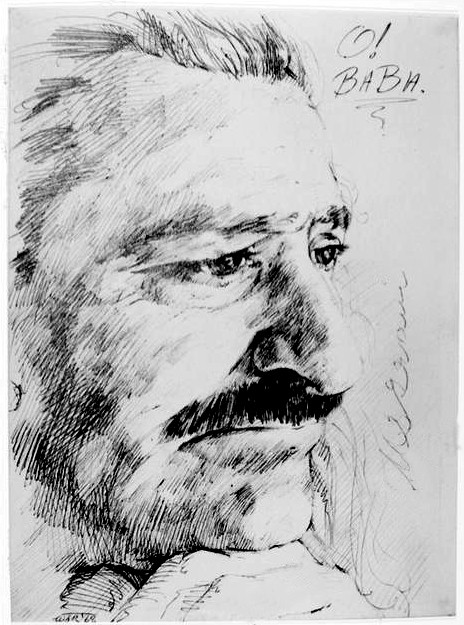I. Introduction
- Hook: In an era marked by rapid social change and technological advancement, traditional notions of good and bad are often questioned.
- Background: Overview of how moral and ethical standards have evolved over time, particularly in the context of globalization and digital media.
- Thesis Statement: In the contemporary world, the concepts of good and bad have become increasingly diluted due to cultural relativism and media influence, yet some argue that these changes reflect a more nuanced understanding of morality and ethical complexity.
II. Supporting View 1: Cultural Relativism
- Topic Sentence: The rise of cultural relativism has led to a dilution of universal moral standards.
- Example 1: The varying attitudes towards practices such as arranged marriages or corporal punishment across different cultures, which challenge the idea of a single moral truth.
- Example 2: The global debate on LGBTQ+ rights, where acceptance and legality vary widely, demonstrating conflicting views on what is considered “good” or “bad.”
- Analysis: Discuss how these examples illustrate the impact of cultural relativism on diluting clear-cut moral judgments.
III. Supporting View 2: Media Influence
- Topic Sentence: Media influence has contributed to the blurring of the lines between good and bad.
- Example 1: The portrayal of anti-heroes in popular TV shows and movies, like Walter White in “Breaking Bad,” which complicates the audience’s sense of morality.
- Example 2: The spread of misinformation and fake news through social media platforms, making it difficult to discern truth from falsehood and good intentions from bad.
- Analysis: Examine how media representations and the digital information landscape have complicated traditional moral categories.
IV. Opposing View 1: Nuanced Understanding of Morality
- Topic Sentence: The perceived dilution of good and bad reflects a more nuanced and inclusive understanding of morality.
- Example 1: The increasing recognition of mental health issues, leading to more compassionate responses to behaviors previously judged harshly, such as addiction or crime.
- Example 2: The rise of restorative justice practices, which focus on rehabilitation and reconciliation rather than punishment, promoting a more complex view of justice.
- Analysis: Discuss how these developments indicate a shift towards a more sophisticated and empathetic approach to moral judgments.
V. Opposing View 2: Ethical Complexity in Globalization
- Topic Sentence: Globalization has introduced ethical complexities that necessitate a reevaluation of good and bad.
- Example 1: The ethical dilemmas surrounding global trade practices, such as the use of sweatshops or exploitation of labor in developing countries.
- Example 2: The environmental impact of technological advancements, where progress and innovation often come at the cost of ecological harm, creating complex moral decisions.
- Analysis: Explore how these global issues require a more detailed consideration of ethics, challenging simplistic notions of good and bad.
VI. Conclusion
- Restate Thesis: While it appears that the concepts of good and bad have become diluted in today’s world due to cultural relativism and media influence, this can also be seen as a progression towards a more nuanced and complex understanding of morality.
- Summary of Key Points: Recap the main supporting and opposing views discussed.
- Final Thought: Emphasize the importance of continuous dialogue and critical thinking in navigating moral and ethical challenges in the contemporary world.

